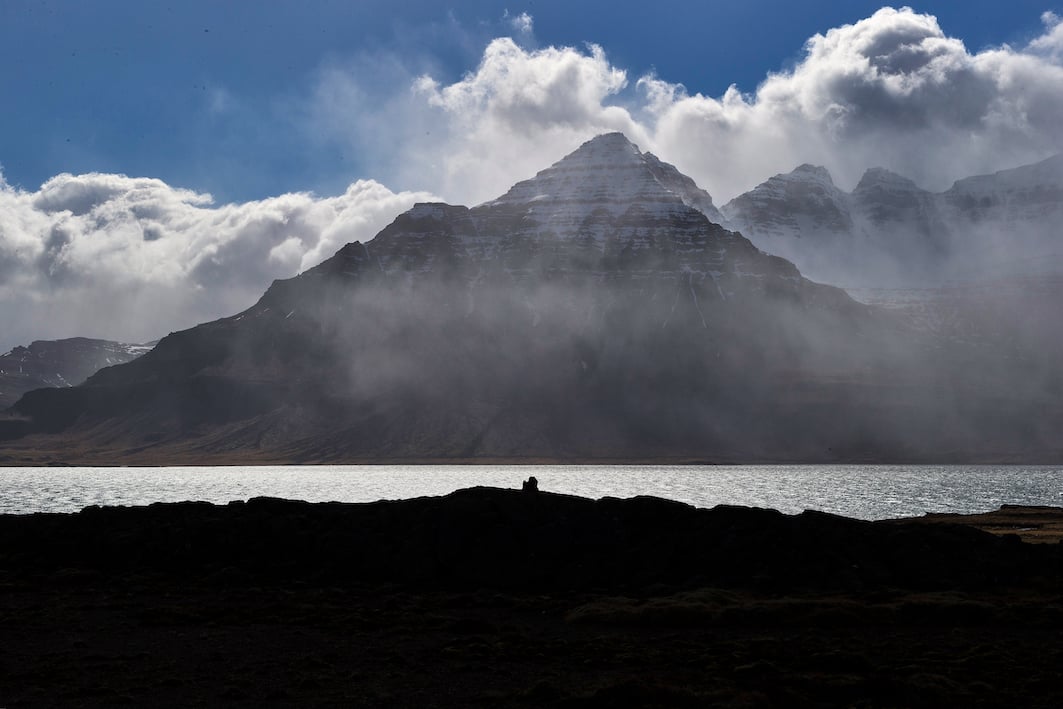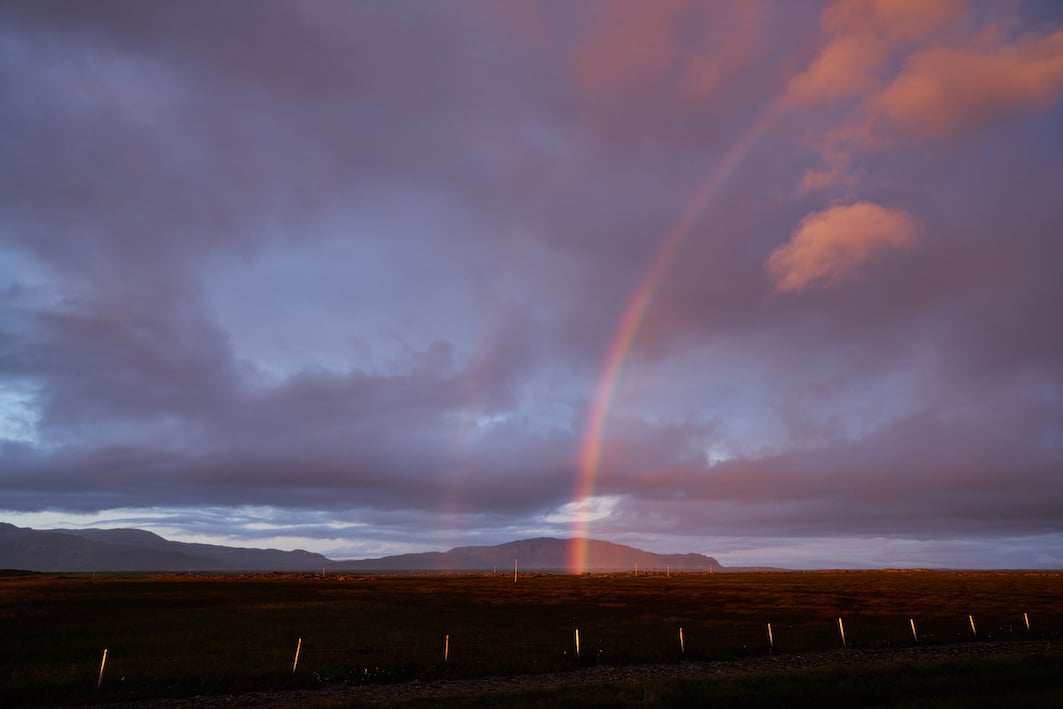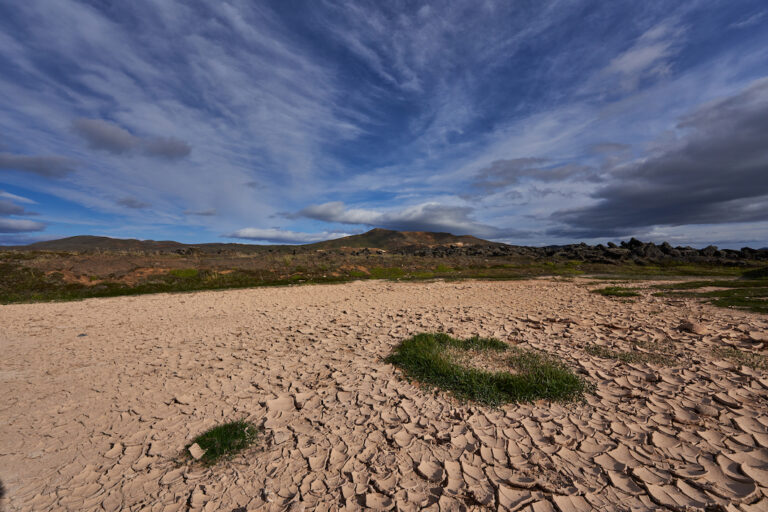This summer has been unusually wet and cold. Real Icelandic summer. Now that the summer is over, the Icelandic Meteorological Office has compiled figures for the three summer months, June, July and August in Iceland. The highest temperature of the year at a manned weather observation station was measured on August 30 at Mánárbakki in Tjörnes, which lies between Skjálfandaflói and Öxarfjörður, at 25°C / 77F. The hottest time in Reykjavík of the year was June 20, when the temperature reached almost 18°C / 64°F. This is the coldest summer in the capital for 21 years, since 2001. In Akureyri, August 30 was the warmest day of the year, with temperatures reaching almost 23°C / 73°F. In the country, temperatures above 20°C / 68°F were recorded on 27 days, while last summer, there were 57, which is a record. Since standard weather measurements began in Iceland, the temperature has reached 30°C / 86°F six times, most recently in August 1997 in Hvanneyri.
The highest temperature recorded in Iceland was at Teigarhorn near Djúpavogur in the east on September 24, 1940. The temperature there reached 36°C / 97°F, but it is not generally accepted; the record that is confirmed is at the same place in Teigahorn, on June 22, 1939, at 30.5°C / 86.9°F.



Iceland 2022: A7RIV, A7C, A7R III – FE 1.2/50mm GM, FE 1.4/24mm GM, FE 2.8/90mm G, FE 2.8/100mm GM
Photographs & text: Páll Stefánsson


